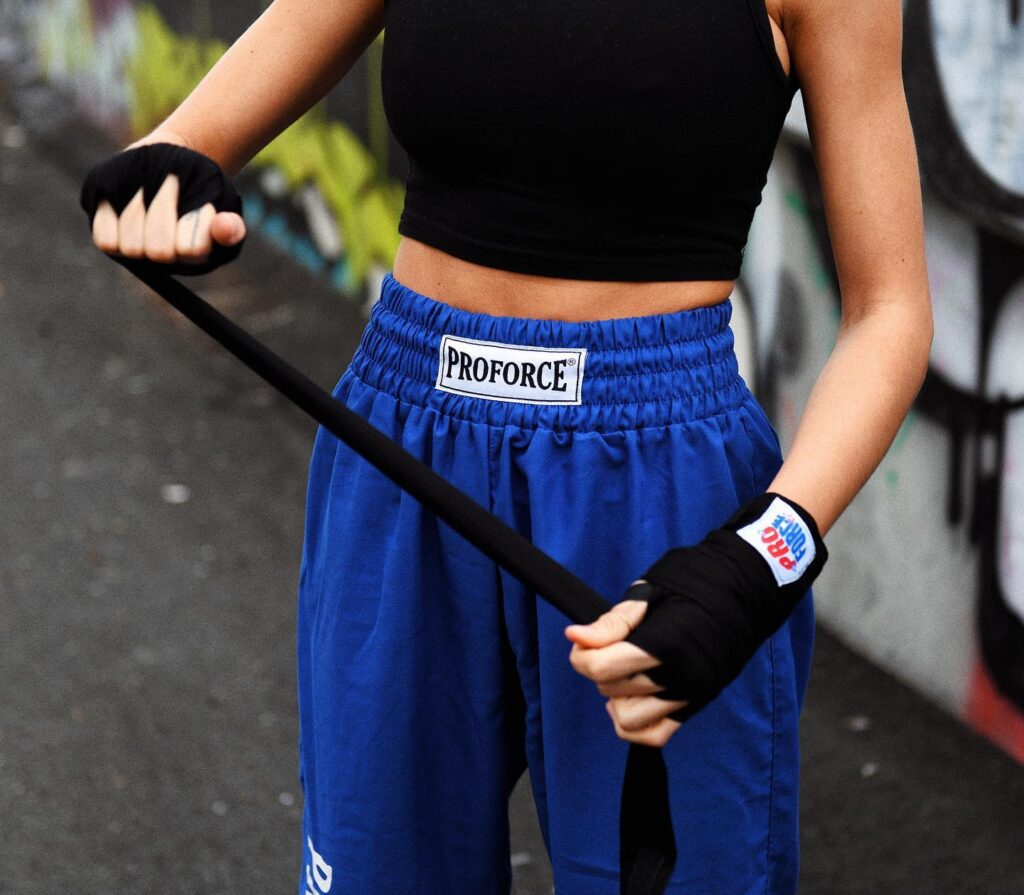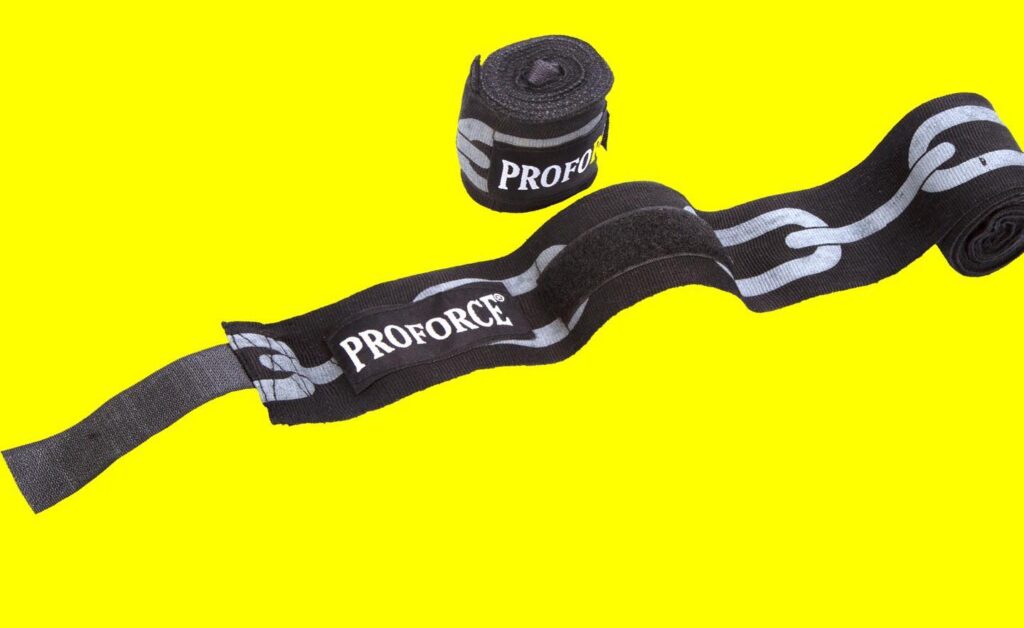
Wrapping your hands properly for boxing, Muay Thai, kickboxing, and MMA is a skill. And like any skill in martial arts, it takes time and practice to get it just right. There’s a little trial and error involved in learning how to wrap your hands properly, too. In order to figure out which handwraps, which handwrapping styles, and what amount of tension in your handwraps suits you best, you also have to know what doesn’t work.
So how do you know if you’re wrapping your hands wrong? And what can you do to make sure you’re properly protecting your hands and wrists while you train, spar, and fight?
We’ve put together this look at common handwrapping mistakes and tips on how to fix them to help you perfect your handwrapping technique.
1. Your handwraps slip or fall off while you’re training.
The problem: Almost everyone who strikes has been there. You wrap your hands, throw your gloves on, and start striking. But then you feel something slip. By the time you’re finished your workout, your handwraps are either dangling down your forearm, slipping off your fingers, or both. This can be uncomfortable and annoying. In addition to failing to protect your hands and wrists properly, your handwraps have now become a distraction from your training.
The solution: You can probably guess this one. Tighten up those handwraps! Your wraps are slipping because they weren’t wrapped quite as snugly as they needed to be in order to do their job and stay in place. The god news is that most beginners go through this phase. It just takes time to figure out how to wrap your hands and wrists with the perfect amount of tension. Try giving the handwraps a small but firm tug after each rotation to help keep things in place.
2. Your hands go numb or tingle during training.
The problem: It can take a while to get used to the feeling of properly wrapped hands. It’s normal to feel like your handwraps are a little snug at first. Tingling, numbness, or even discoloration of your fingertips are not. If you’re experiencing any of the above, it’s a sign that you’re wrapping your hands too tightly. Instead of offering protective compression for your bones and soft tissue, your handwraps are starting to mess with your circulation. At best, it’s an uncomfortable sensation. At worst, it could be messing with your health and wellbeing.
The solution: You’ve probably guessed this one, too. Loosen up a little! Finding the right balance between compression and squeezing is another detail of wrapping your hands properly that takes time, practice, and a little experimentation to get right. But there is a trick that will help you figure it out. Try squeezing your hand into a tight fist after each step of the handwrapping process. This will help you find the right level of tension in your handwraps.

3. Your handwraps are rubbing you the wrong way. Literally.
The problem: Your handwraps feel like sandpaper against your skin when you train. Or your skin feels raw after training. Maybe you’ve even noticed chafing on your fingers and wrists when you take your wraps off. Whatever your exact symptoms are, if you’re starting to wonder if you have to sacrifice the outside of your hands to protect the insides, something’s not right.
The solution: The most likely explanation is that your handwraps are too loose. This leads to them slipping and rubbing against your skin, which is causing the abrasion. If tightening up your handwrapping and finding the right amount of tension isn’t enough, though, it’s also possible that you might need a different type of handrwap. Bamboo handwraps, for example, might be a little softer and more comfortable on sensitive skin than traditional cotton ones.

4. You can’t form a fist while wearing them.
The problem: You might feel a little pushback when you wiggle your fingers or squeeze them together while wearing handwraps. That’s normal when your hands are properly wrapped with the right amount of tension. But if you can’t move your fingers at all, or your range of motion is significantly limited, that can be a sign that something isn’t right. Handwraps are designed to support you while you train and compete, not limit your ability to punch properly at all.
The solution: Your handwraps are probably too tight. The fist trick mentioned in #2 should be enough to take care of the issue. If that’s not enough, you can also experiment with different handwrapping techniques to see if there’s a way of wrapping your fingers that might feel better. If you’re still struggling to find a level of tension that allows you to move without slipping off or hurting your skin, though, there is a chance that trying a different type of handwrap can help. 100% cotton handwraps, for example, are supportive and durable, but some people can find them too unforgiving. Trying a handwrap made out of fabric that has a little stretch to it could give you the freedom of motion you’re looking for without forcing to sacrifice any support.

5. Your handwraps feel too bulky.
The problem: This one is especially common among people with smaller hands. Usually the issue is that your wrist winds up twice the size of your fist. But other areas can get bulky, too. This can lead to discomfort. But even when it doesn’t feel bad, it can feel awkward, and lead to unnecessary distractions in your training.
The solution: This one doesn’t have a quick fix, but you’ll get there soon enough. Try different handrwapping techniques, and different ratios for wrapping, until you find one that more evenly and comfortably distributes the handwrap over your hands and wrists. For example, most handwrapping instructions end with “wrap the excess fabric around your wrists and fasten.” That’s a great tip for people with big or average-sized hands. If you have smaller hands, that extra fabric adds up quickly. Adding a couple of extra wraps around your knuckles before moving to the wrists can make the size of both more manageable. A shorter pair of handwraps can also help.




















